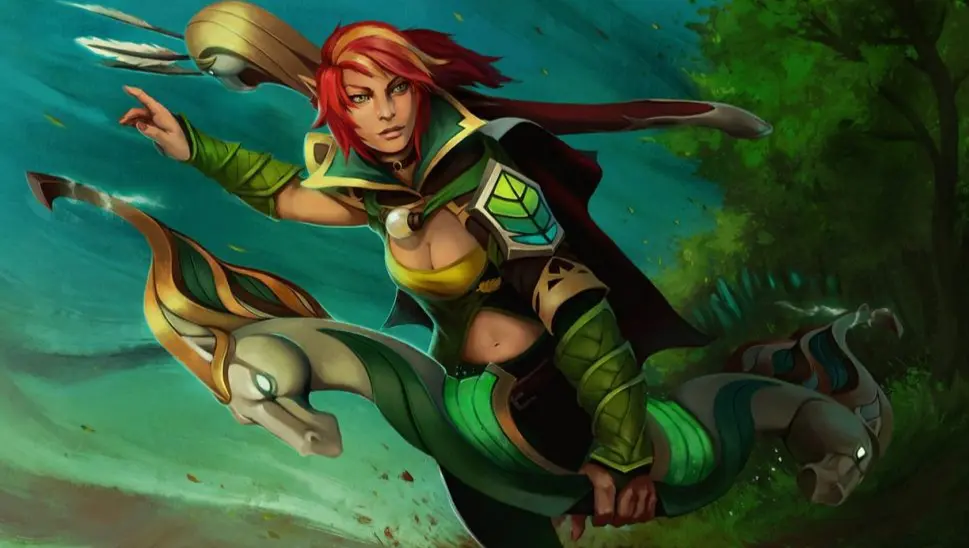
Explaining all the old names behind Dota 2’s heroes and more
Dota 2 has a very long history at this point, and that history is even longer if one looks back to the original Defense of the Ancients. Within that history there has been a number of different lead designers and two different publishers.
That has seen a number of different people leave their fingerprints on Dota 2, and a number of different influences have colored those fingerprints. This is most obvious when it comes to the names of heroes and items. Here are some of the more esoteric examples and where they came from.
Where did the name Sheep Stick come from?
Originally known as Guinsoo’s Scythe of Vyse, the go-to item for intelligence carries has always been referred to as Sheep Stick. The trouble is that in Dota 2, it actually turns enemies into a pig, not a sheep. Back in the original DotA, the Hex did turn enemy heroes into sheep.
These days it’s still possible to turn enemy heroes into sheep in Dota 2. While Shadow Shaman normally turns enemies into a chicken when he uses Hex on them, the Lamb to the Slaughter cosmetic item throws it back to being a sheep.
Why is Shadow Blade named Lothar’s Edge?
One of the most commonly used throwback names in Dota 2 is Lothar’s Edge. That’s kind of strange considering that the vast majority of players have only ever known it as the Shadow Blade.
So where did the name Lothar’s Edge come from? Defense of the Ancients, of course. The item was originally named Lothar’s Edge as an homage to Warcraft character Anduin Lothar, Supreme Commander of the Alliance. Why was the item named for Lothar when he didn’t turn invisible? That’s a very good question that may not have an answer.
Outworld Devourer has undergone multiple name changes
In the original DotA, the Obsidian Destroyer mob was repurposed and turned into a playable hero of the same name. Though the general look was carried over into Dota 2, with the hero being a flying quadruped made of stone, Valve seemed to struggle with coming up with a new name that wasn’t identical to the Warcraft 3 monster.
Originally, this was moved laterally to Outworld Destroyer. For unknown reasons, Valve decided to change it again and moved to Outworld Demolisher. Fan backlash prompted Valve to change it yet again, finally landing on Outworld Devourer. The hero having four different names throughout its existence has made for something of a meme unto itself.
How did Brewmaster get the name Panda?
One of the weirder name connections in Dota 2 is Brewmaster being referred to as “Panda.” This is somewhat strange as his lore name is Mangix and there was no reference to a person named Panda in Warcraft. Instead, the Panda name stems from the species of the character.
In Defense of the Ancients, Mangix was a Pandaren. Pandaren are a race of panda bear hybrid creatures from Warcraft. Though they were sparingly shown in Warcraft 3, they have been prominently featured in World of Warcraft and were portrayed as being similar to Shaolin monks. The brewmaster units from Warcraft 3 are in the same vein, coming from the drunken fist style which has roots in Shaolin kung fu.
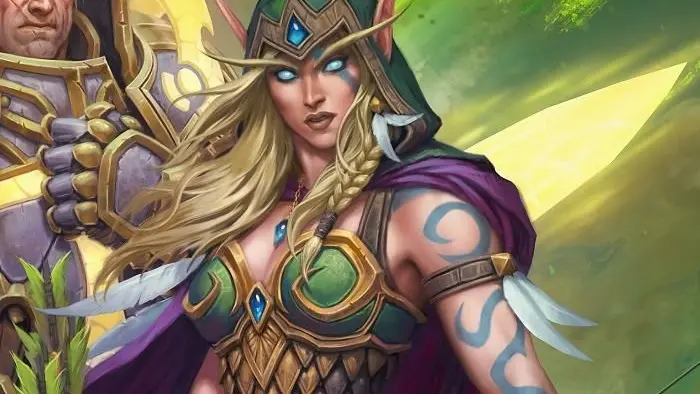
Why did Valve change Windranger’s name?
Windranger has always been a popular hero in pub games, but she wasn’t always known as Windranger. From 2011 to 2013, the popular intelligence hero was named Windrunner, complete with a set of voice lines that made reference to this name. That changed in 2013 when she was renamed Windranger alongside Necrolyte being renamed Necrophos.
In both cases, the heroes were renamed due to their direct ties to Warcraft units. Windrunner was the more egregious example of this as she shares a name with both Alleria Windrunner and Sylvanas Windrunner, two prominent characters in Warcraft lore. Meanwhile, Necrolyte was the name for an orcish mage unit in Warcraft 1.
Wraith King, Earthshaker have name ties to Diablo
It’s no secret that Dota 2 has roots that are deeply embedded in Warcraft 3, with many heroes having names and appearances that harken to the classic RTS. That isn’t the only popular Blizzard IP that has some representation in the game though, as Diablo has also provided a few references.
Though Wraith King is known as Ostarion in Dota 2, he is best known as Leoric, an NPC in Diablo 2. Pudge being dubbed “the butcher” is also likely a reference to the Butcher from Diablo 1, who serves as the game’s first boss encounter. Earthshaker is also a specific reference to a Diablo 2 item which creates a fissure.
In addition to inspiring a number of names for heroes, many items in DotA were directly named for Diablo items and serve as the base for their Dota 2 counterparts. This includes Cranium Basher, Eaglehorn, and Messerschmidt’s Reaver.
Phantasy Star series offered up names for many Dota 2 items
Speaking of other games serving as inspiration for Dota 2 item names, the original creators of Defense of the Ancients were clearly fans of the Phantasy Star series. Many seemingly random item names came from Sega’s classic RPG franchise.
The biggest example of this is Monkey King Bar, which comes from the Phantasy Star item of the same name and even has a similar look as a red staff with gold tips. The Monkey King Bar in Phantasy Star also upgraded to the Black King Bar, though it didn’t have the same magic immunity properties that the Dota 2 item is popular for.
Alongside this were the dual swords of Sange and Yasha. In fact, DotA even maintained Phantasy Star’s mechanic of combining the two swords into one greater weapon.
Where does Leshrac come from?
Warcraft 3, Diablo, Phantasy Star. And Magic: The Gathering. The popular TCG has a great deal of lore behind its cards and along the way, it seeped into Dota 2 as well.
There are a number of black cards that reference Leshrac, the Walker of the Night. The actual Leshrac character looks nothing like the disco pony of Dota 2, but its ties to MTG are made explicit through the Diabolic Edict spell, which shares a name with another MTG card.
Even more obvious is the reference to blue card Morphling. Though Morphling isn’t shown as a water elemental like the Dota 2 hero of the same name, the MTG character is shown transforming which is clearly the inspiration for the ultimate which turns Morphling into a different hero.
Recommended
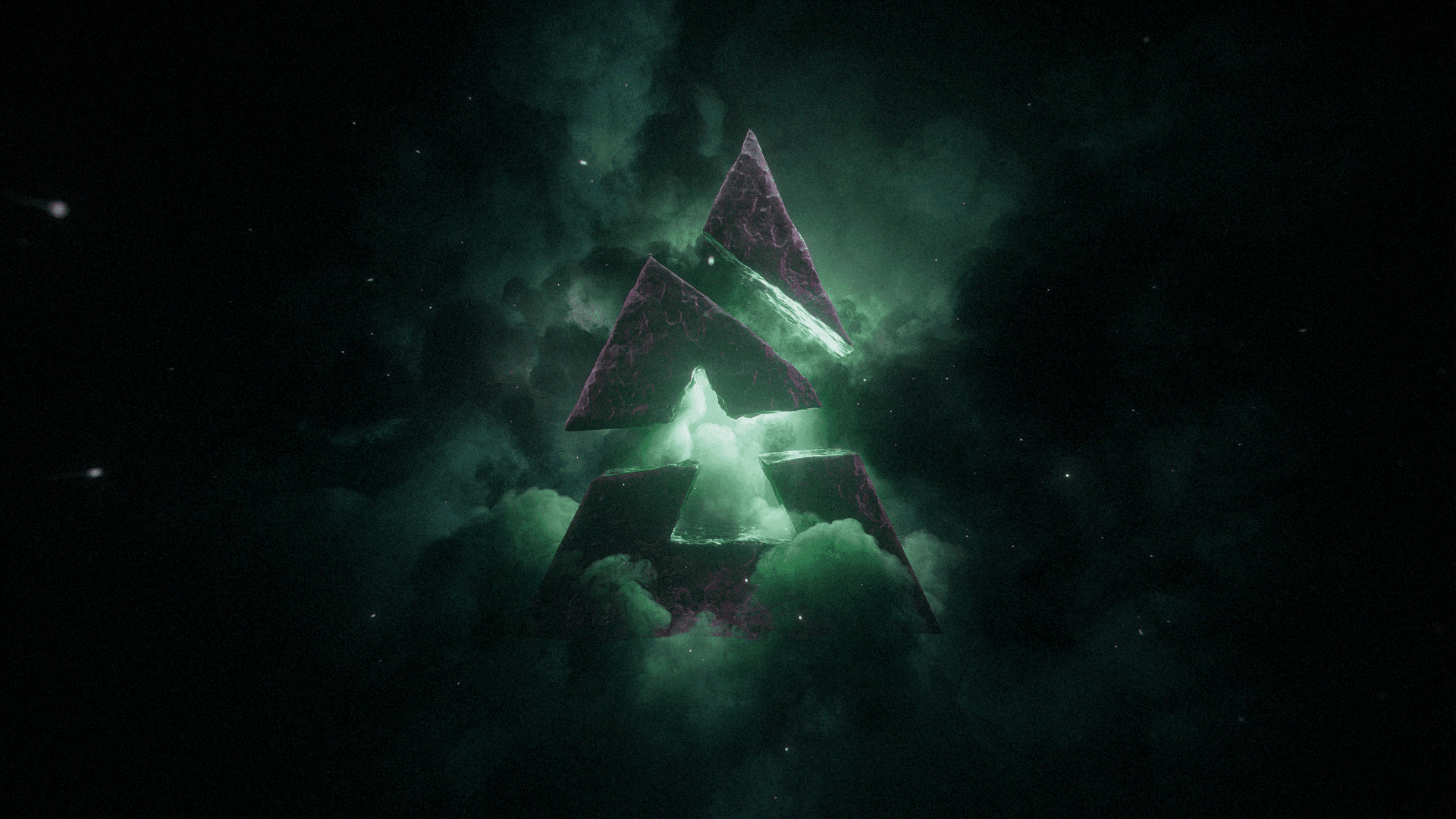
BLAST entering Dota 2 esports with five tournaments
“We have plans that Dota fans haven’t seen before.”
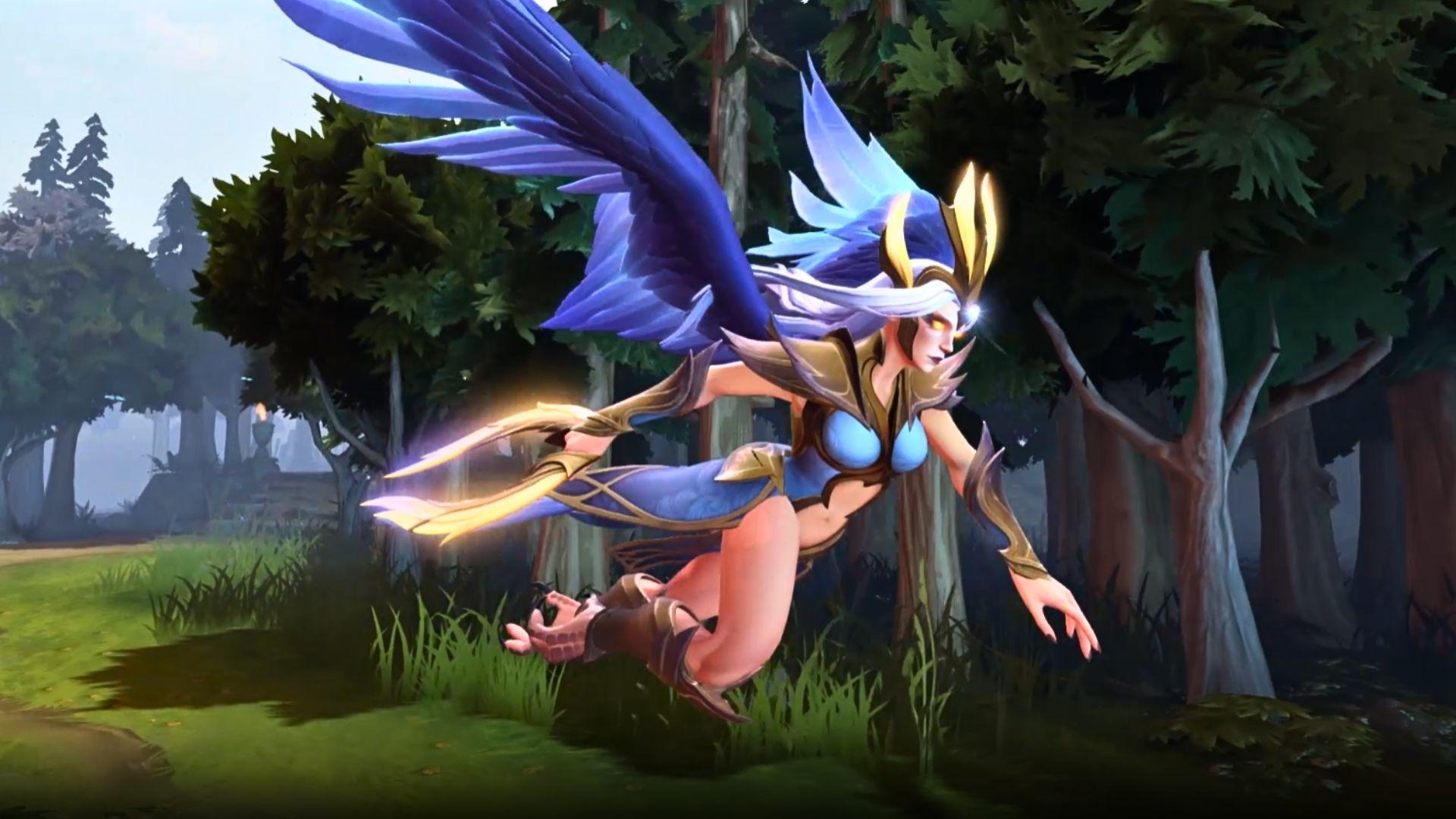
Dota 2 Crownfall update: What’s new?
Exciting, but no Ringmaster.
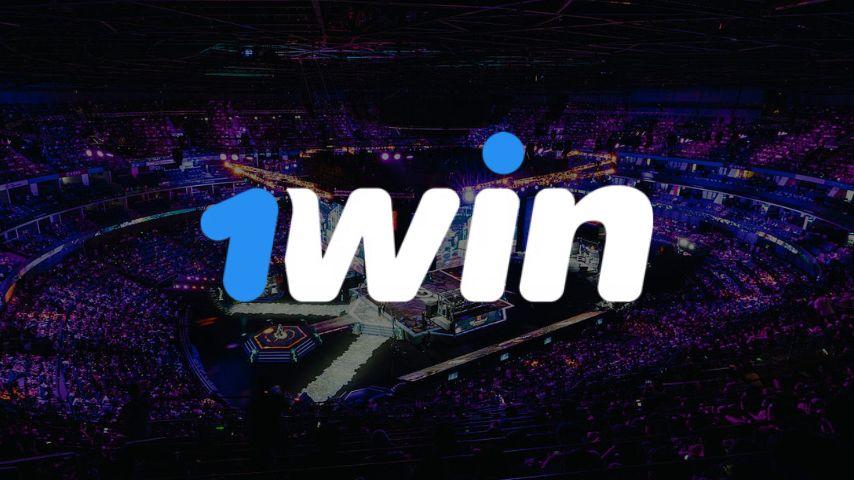
1win accuses ESL One Birmingham of favoring OG after Visa issues
“Not the Visa curse.”







